Lets address the elephant in the room immediately – the Lexus RC F has copped a lot of flak for 2 reasons – being quite heavy for its segment, and under-achieving compared to the BMW M4, Mercedes-Benz C63 AMG and the Audi RS5. What we feel has been mostly lacking in the discussions however, is that this is not necessarily a fair comparison.
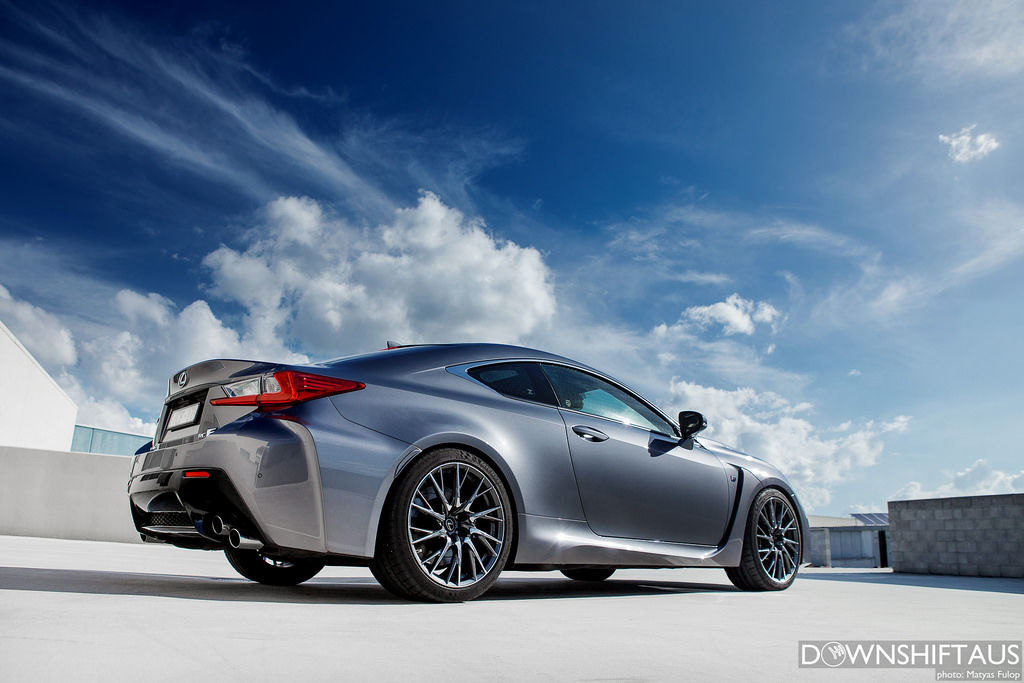
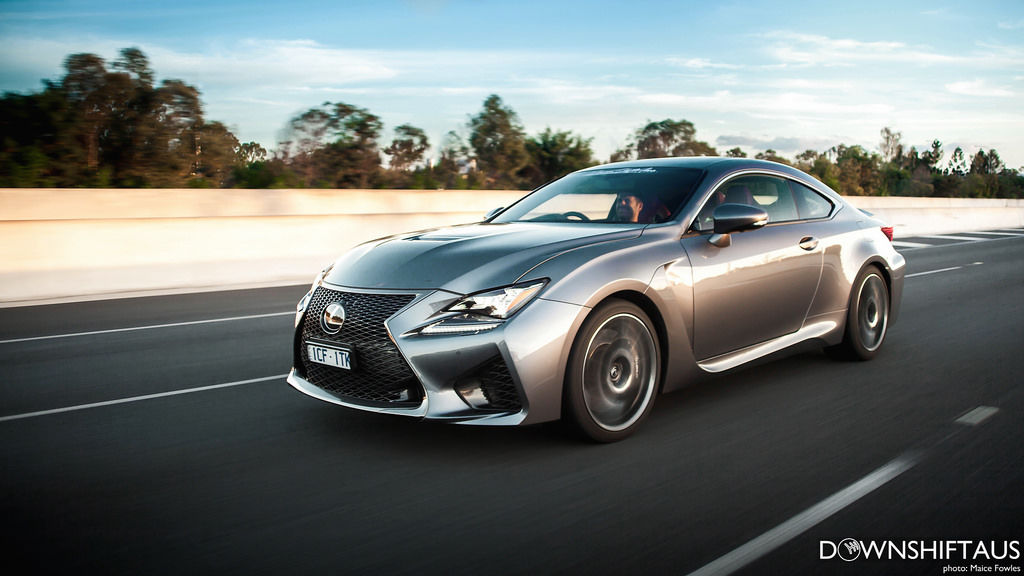
At a price bracket of A$145,000, it’s almost $20K cheaper than the competition. That really gives it a lot of leeway in my books, to not be the overachiever in every possible way. We also particularly like that it does things a bit differently. Just look at its progressive (and divisive) styling, absolutely stunning seats, and advanced technology, with 3 different driving modes.
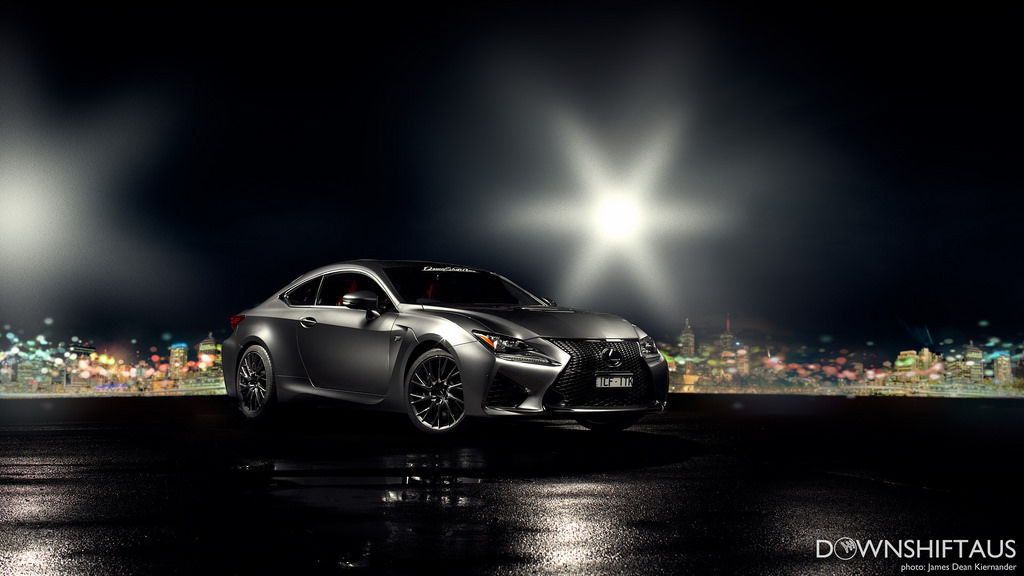
The RC F is the successor to Lexus’ first foray into the luxury GT segment, the IS F, keeping some signature touches such as the F branding, big, hairy V8, and of course the controversial stacked quad exhaust tips. None of these things are a bad thing in my opinion, and I’m also a huge fan that it is now a coupe!
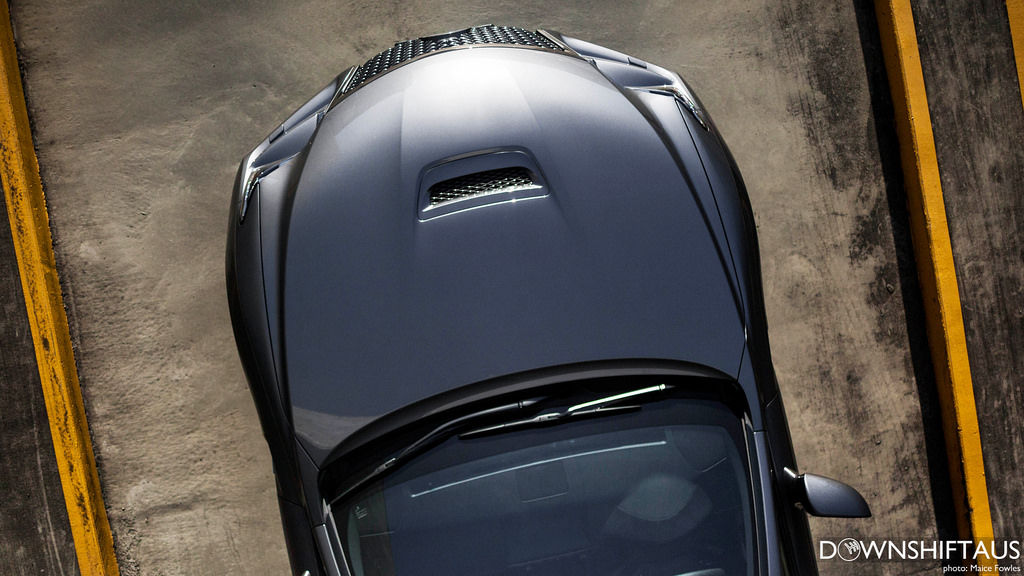
Actually, I particularly like both the styling itself, as well as the fact that it’s is unique and a bit controversial. At least they’re not being wishy-washy and creating something bland and boring. Just check out those LED-Xenon headlight arrangements and spiky-looking 19″ alloy wheels, wrapped in super sticky Michelin Pilot Super Sports!
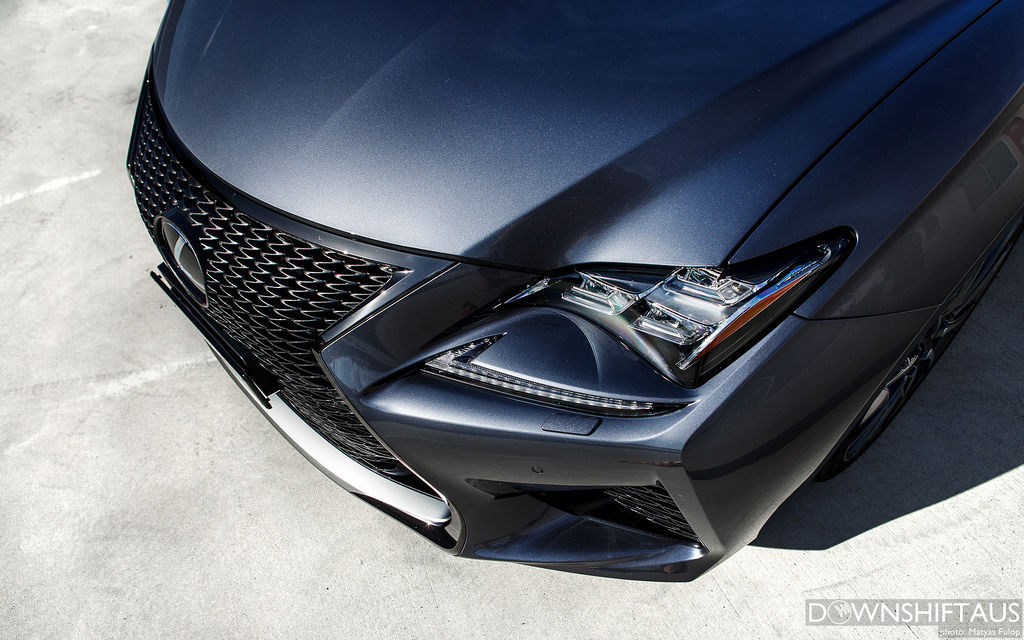
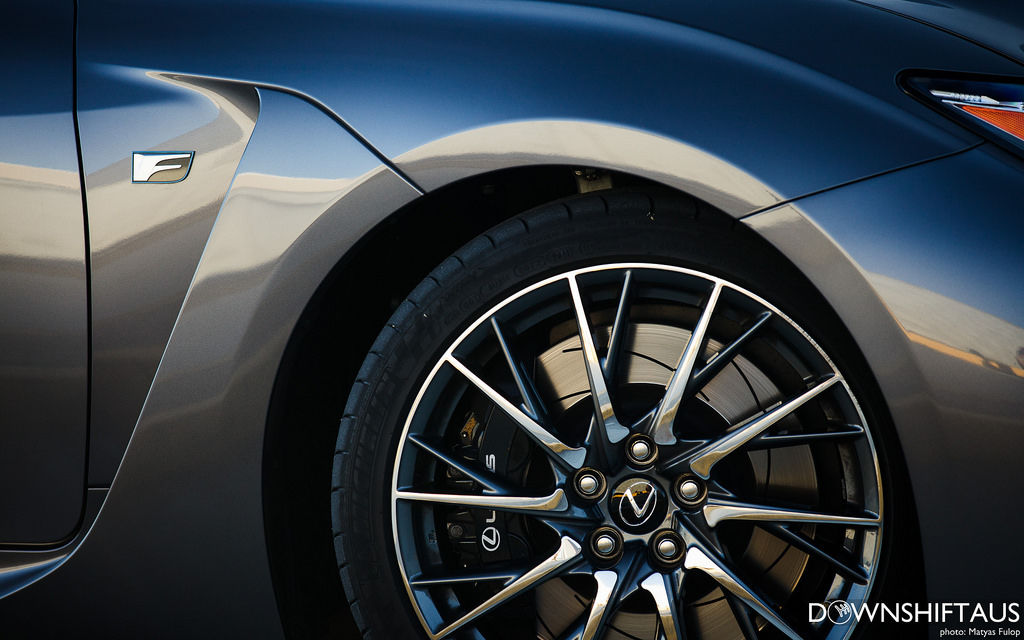
Anyway, looks are totally subjective, so lets move on to the modern yet lush interior. I don’t think many people would argue that the seating is the first thing you notice, given they look like an anatomy diagram with perfect curves and sinews in the sumptuous red leather to make them aesthetically pleasing. The fact that they’re both heated and cooled is super pleasant, but to be honest, I could do without those functions for a significant weight saving. But more on that later.

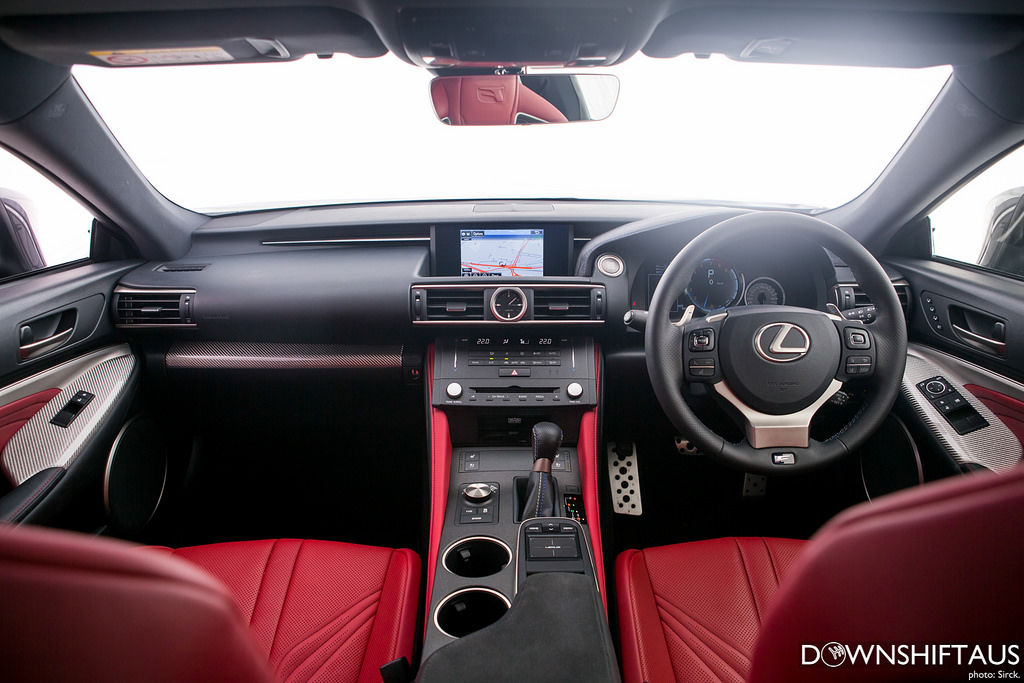
The instrument cluster is also fascinating, the centre panel sliding over when switching between driving modes. Really, nothing to dislike there, just cool toys to play with! Don’t forget the active rear wing that deploys at 80kph, or at the touch of a button.

Lets talk about the engine. It’s an alloy, direct-injection Yamaha-Lexus project 5-litre V8 making 351kW and 530nm of torque. It used up 13.8L/100km on our test, which is not bad considering how much we like the right hand side pedal.
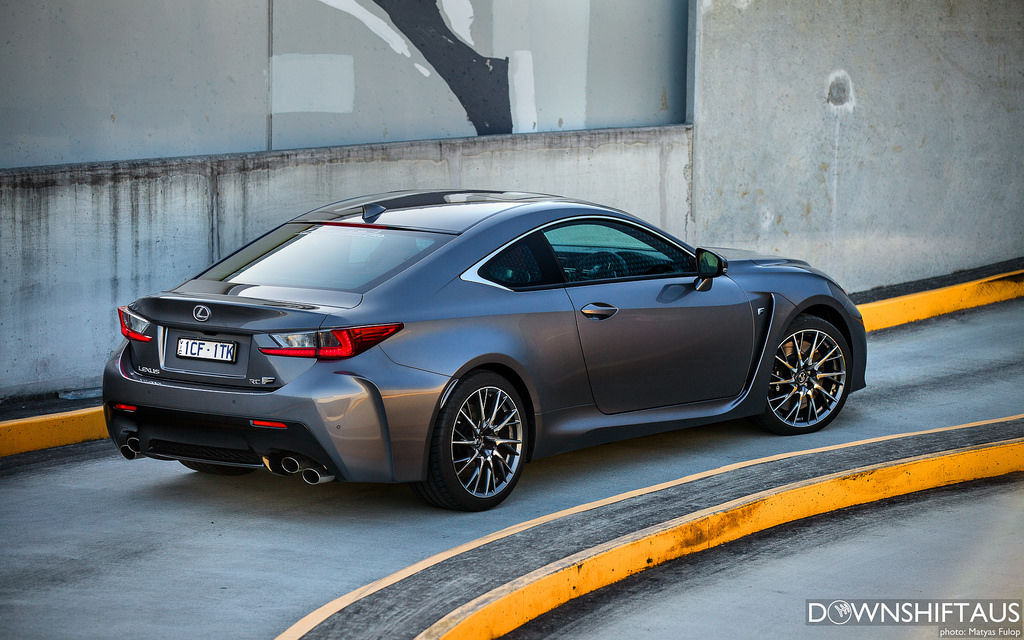
Handling is sporty, supple and plush at the same time, the 8-speed auto transmission figuring itself out very well, and the torque vectoring differential doing its job well. Several settings are available to suit your needs: eco, sport and sport+. The last mode allows you to arrive at 100kph at a claimed 4.5 seconds.
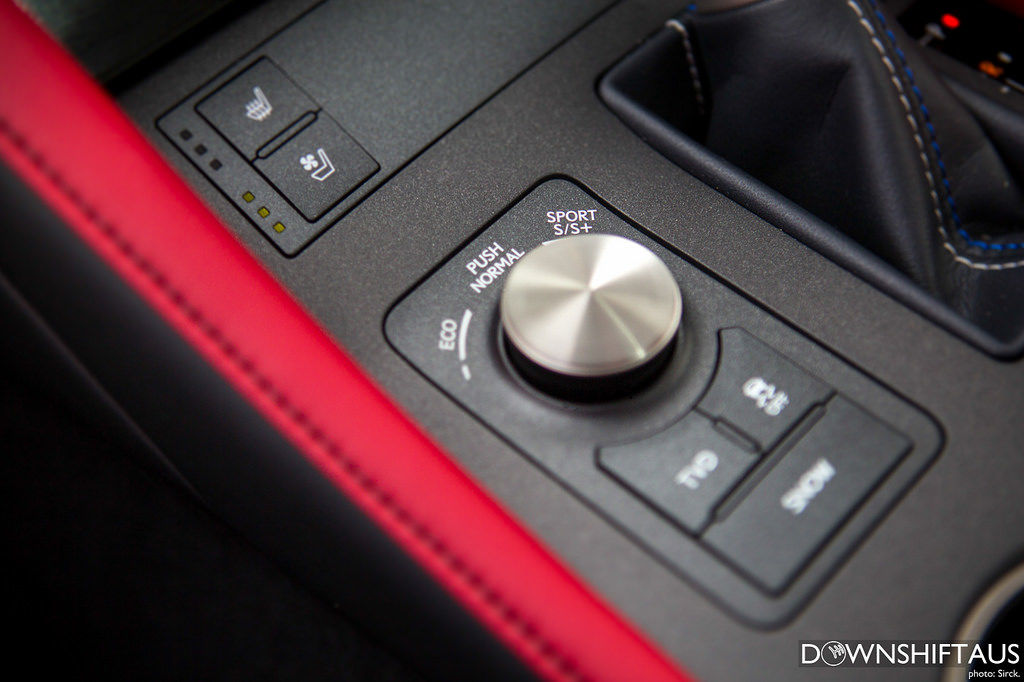
Of course there is one major thing to dislike dynamically: the 1860kg kerb weight. I felt like that’s really the only major thing that let the car down. In a perfect world, I would have it with 400kg less and a titanium varex exhaust. Just imagine the performance.. And the sound. Despite that, there are a myriad of driver aids, which go a long way to disguising the weight.
We were also given the chance to compare the RC F against its lower spec level V6 brother, the RC350. The RC350 was, to be honest, almost as good as the RCF, and value wise definitely good bang-for-buck at almost half the price. I missed the seats of the RCF, I missed the sharper suspension and I definitely missed the torque of the mighty V8. Aside from that, the car felt lighter and not TOO much slower.
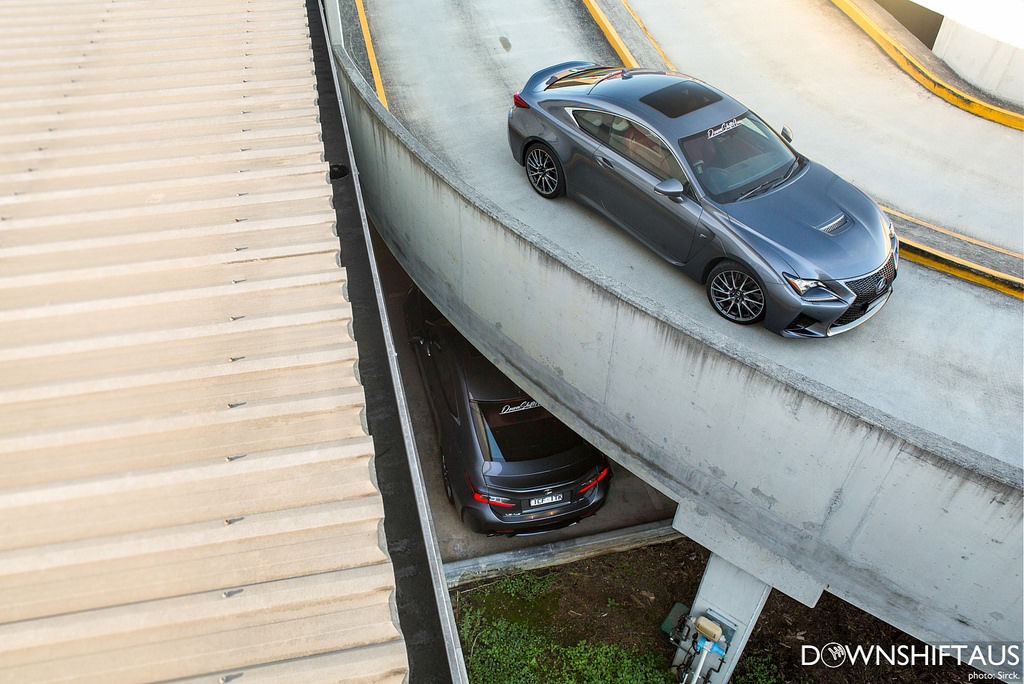
Overall I was quite impressed with the RC F (and the RC350) and the common comparison made with this car and the BMW M4 I feel is an unfair one. While they share the same body style, they really are in two different leagues.
